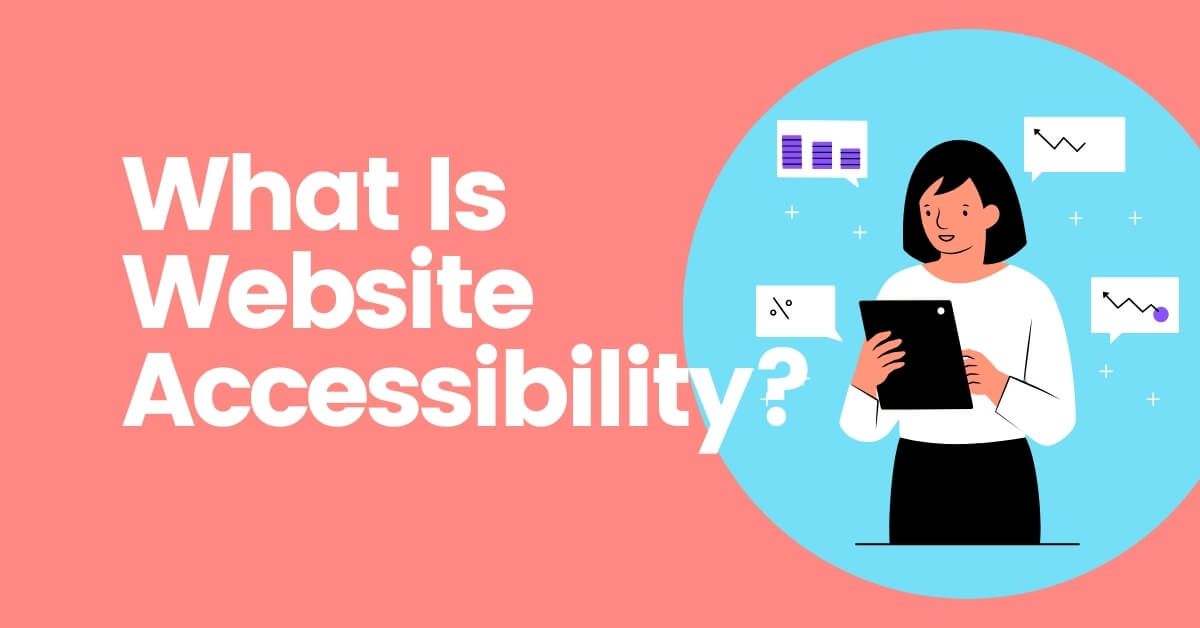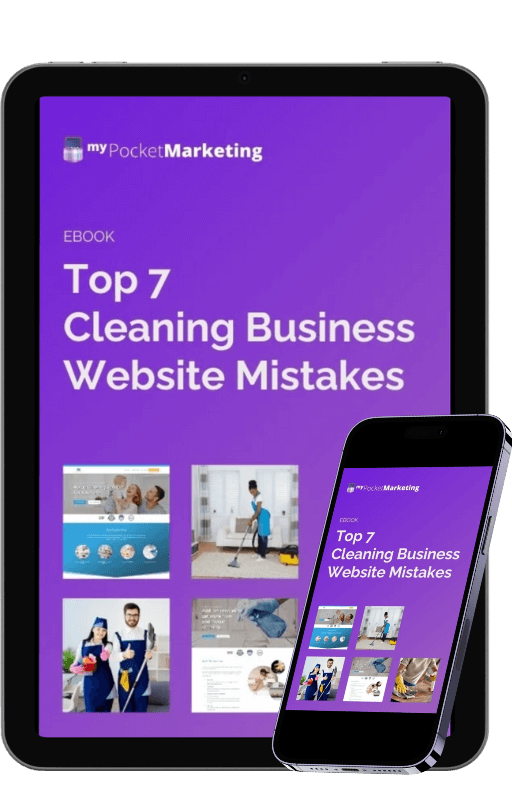Making your website accessible makes it easier for these potential customers to find and use your site and get to know your brand. If a person with a disability can’t use your website, you might be liable for a discrimination lawsuit. These types of cases are on the rise. Over 8,000 digital accessibility lawsuits were filed in federal courts in 2017-2020, according to the American Bar Association. So what exactly is web accessibility?
Let’s dive in and prepare your websites for the future.
Table of Contents
What is website Accessibility?
Web accessibility ensures that everyone visiting your website can navigate and access your content. Web accessibility is essential for people with disabilities who may need tools to navigate, read text, understand video, or hear audio content on their devices. If you offer online services, experiences or information for your open-to-the-public business, you are legally responsible for making your website accessible.
Better web accessibility makes your business more inclusive and helps more people get to know your products and services. It’s just good business sense and the right thing to do.
What laws govern website accessibility?
Americans with Disabilities Act (ADA)
The primary law governing web accessibility is the Americans with Disabilities Act (ADA), which protects people with disabilities from discrimination. ADA regulations cover many things, from accommodations in public spaces to requirements for furniture. It also extends to your website, especially if it is a portal for services, discounts, and e-commerce.
The ADA states businesses that are open to the public have a responsibility to:
“provide full and equal enjoyment of their goods, services, facilities, privileges, advantages, or accommodations to people with disabilities.”
The Department of Justice issues regulations for the ADA and recently announced in spring 2022 that additional rules for web accessibility are in development. Web accessibility has been a concern for years, and businesses can’t wait for new regulations to address their web issues.
Section 508 of the Rehabilitation Act
The predecessor of the ADA is the Rehabilitation Act of 1973, which guaranteed certain rights to people with disabilities from government agencies and entities. The ADA later expanded upon the protections offered by this act when it was enacted in 1990. Section 508 specifically notes that any technology used by the government must be accessible to people with disabilities. This section also applies to websites.
Website Accessibility Legal Trends
As stated earlier, between 2017-2020 the number of lawsuits have topped 8000. The rise in lawsuits affects businesses and organizations of all sizes and industries, from boutique hotels to restaurants to colleges and universities.
Recent rulings may help clarify whether online-only businesses must comply with web accessibility regulations. Online-only businesses don’t have a physical location, so there are questions about whether they would be considered a “place of public accommodation,” as outlined in the ADA. However, online-only businesses continue to be targeted with discrimination lawsuits, which can be costly to litigate.
Until the Department of Justice issues regulations that clarify web accessibility requirements, discrimination lawsuits for web accessibility will likely continue to increase.
What industries are most impacted?
Healthcare, banking, e-commerce, and restaurants have seen increases in digital accessibility lawsuits, especially as more and more transactions and services move online. The rapid expansion of online ordering was a boon for businesses and customers during the pandemic. Yet, some businesses became vulnerable to lawsuits because their websites were not accessible to everyone.
Educational organizations like schools, colleges, and universities face additional scrutiny as they receive government funding, so Section 508 of the Rehabilitation Act may apply to these organizations.
Benefits of Website Accessibility
But not everything about web accessibility is all doom and gloom. It can help your business grow by improving your website’s search engine optimization (SEO), reaching new customers, increasing user engagement, and earning tax credits. Plus, you’ll avoid the legal liability of a potential discrimination lawsuit.
Reach a Wider Audience
In the United States alone 25% of people identify as disabled. As of 2023, that’s almost 83 million people. Making your website accessible makes it easier for these potential customers to find and use your site and get to know your brand.
Boost SEO
Search engines like accessible websites too. Optimizing your website to improve your search rankings can significantly benefit your business. Standard web accessibility practices, like using headers to improve navigation, make it easier for search engines to understand the content on your website.
Researchers found that 73.4% of 847 websites experienced growth in organic (non-paid) traffic after making accessibility improvements. These websites experienced growth without paying for advertising by simply making necessary improvements to web accessibility.
Tax Credits for Accessibility
Businesses and individuals with disabilities benefit from accessible websites. For some businesses, the cost of assessing and resolving web accessibility issues can be a challenge. Luckily, the Internal Revenue Service now offers tax credits under Section 44 of the IRS code that may help offset these costs.
The Disabled Access Tax Credit is available to businesses with 30 or fewer full-time employees and less than $1 million in revenue, as reported in the previous tax year. The tax credit covers up to 50% of eligible expenses for a maximum benefit of $5,000. Making improvements to your website accessibility is an eligible expense for this tax credit. Read the IRS Tax Incentives for Improving Accessibility Fact Sheet for more information.
Website Accessibility and WCAG 2.1
So how do you make your website accessible, and who sets the standards for web accessibility? Following the Web Content Accessibility Guidelines from the World Wide Web Consortium (W3C) Web Accessibility Initiative (WAI) is the best place to start.
The W3C created these guidelines with support from multiple stakeholders, including government, education, industry, and disability organizations. The Web Content Accessibility Guidelines are freely available for anyone to access and apply to their website.
The guidelines are very comprehensive and include recommendations for a variety of web content, including:
- Text alternatives for non-text content like images,
- Captions and descriptions for video and audio
- Text color, contrast, sizes, and spacing
- Optimizing for keyboard navigation
- Using headings and labels to improve navigation
- Ensuring the underlying structure is compatible with assistive technologies
Depending on the state of your website, you may need to review and improve many factors to make it accessible. This may be a considerable investment of time and resources, but it will reduce your risk of a lawsuit and gain significant benefits for your business.
Get started with a FREE Accessibility Audit on your website.


